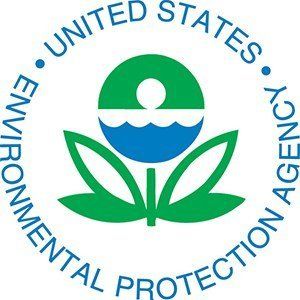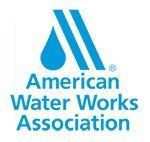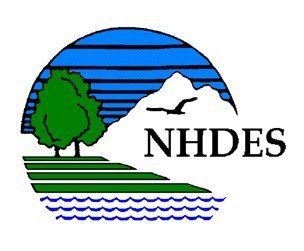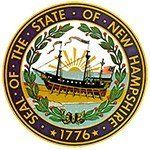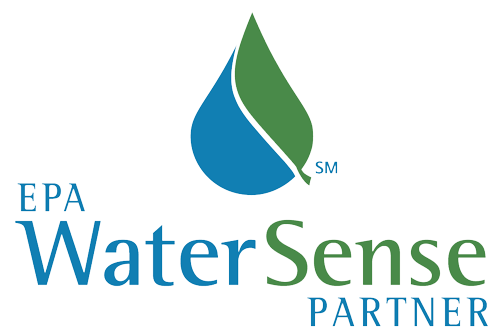WATER SOURCE PROTECTION
Want To Assist In Protecting The Water Sources?
Check out the United States Environmental Protection Agency’s webpage, “Preventing Contamination of Drinking Water Resources” and the NH Department of Environmental Services’s (NHDES) Drinking Water Source Protection Program
webpage.

WATER SOURCE PROTECTION
We must all work to prevent contamination of drinking water. A protected drinking water source, combined with proper water quality monitoring, treatment, maintenance and distribution, is necessary to provide clean, safe water.
HOW DOES HAWC PROTECT THE WATER SOURCES?
HAWC’s participates in the NH Department of Environmental Services’s (NHDES) Drinking Water Source Protection Program to ensure the water sources remain safe. Each of the wells have an established “Sanitary Protective Radius”; a radius around the well that is required by law to be controlled by HAWC through ownership or easements.
In addition to the Sanitary Protective Radius, HAWC’s wells also have an established “Wellhead Protection Area” as delineated by the NHDES. Having the Sanitary Protective Radius and Wellhead Protection Areas allows HAWC to monitor, regulate, and prevent any activities that could potentially be harmful to wells and the water they produce.
OUR COMMITMENT
HAWC is a proud partner of WaterSense, an United States Environmental Protection Agency Partnership Program. WaterSense and HAWC share the goal of protecting the future of drinking water and we encourage all of our customers to do the same. In addition to the partnership with WaterSense, HAWC also belongs to several associations and works with government programs and departments to support water source protection. Please visit our affiliate websites for more information.
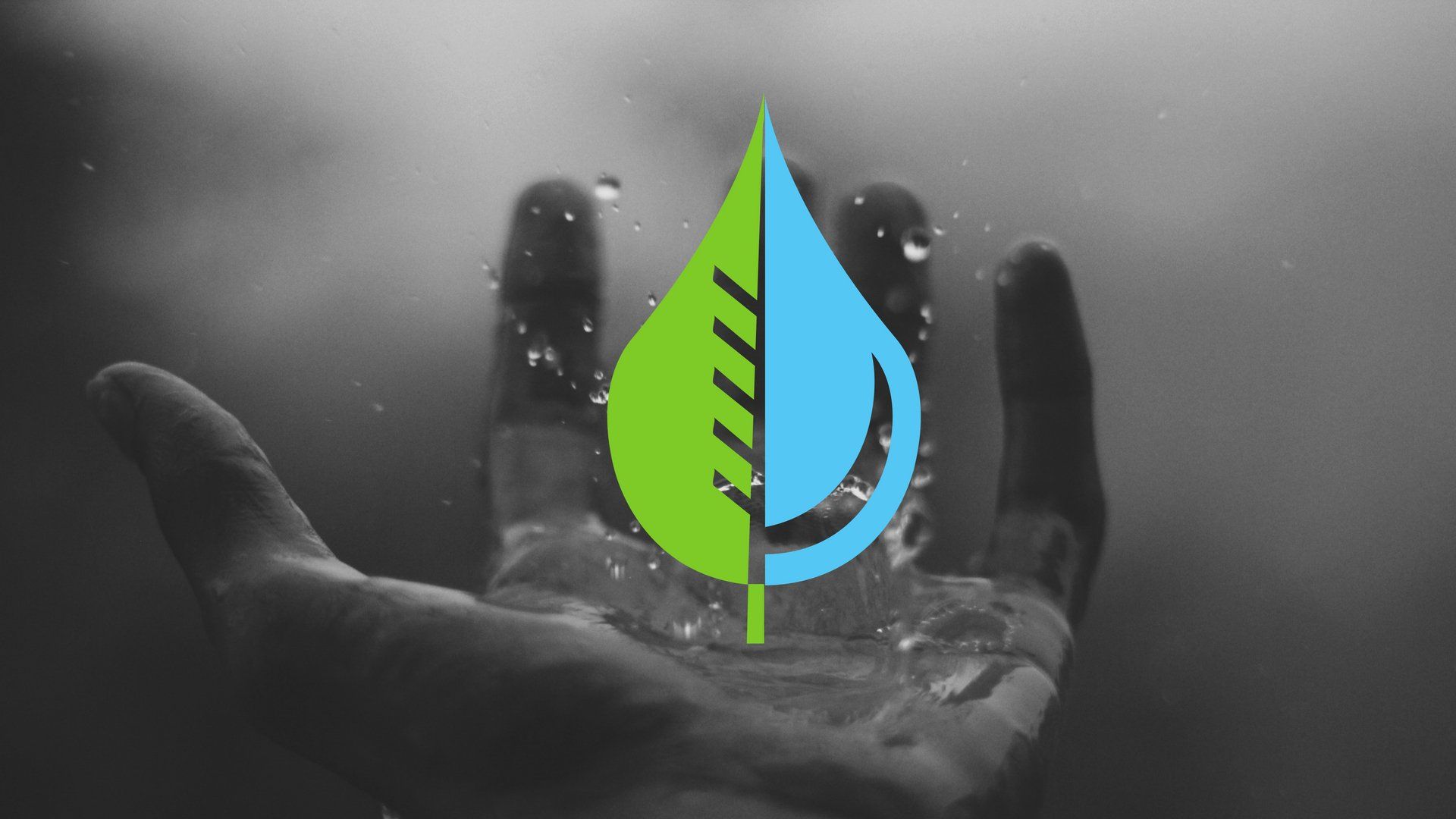
By NH DES Drinking Water Protection Program
•
21 Jun, 2018
While some pollutants, such as bacteria, viruses and phosphorus, can be reduced by passing through soil under certain conditions, groundwater can be easily contaminated by chemicals and oils. Surface water is also affected by soil and pollutants picked up as water flows over land.
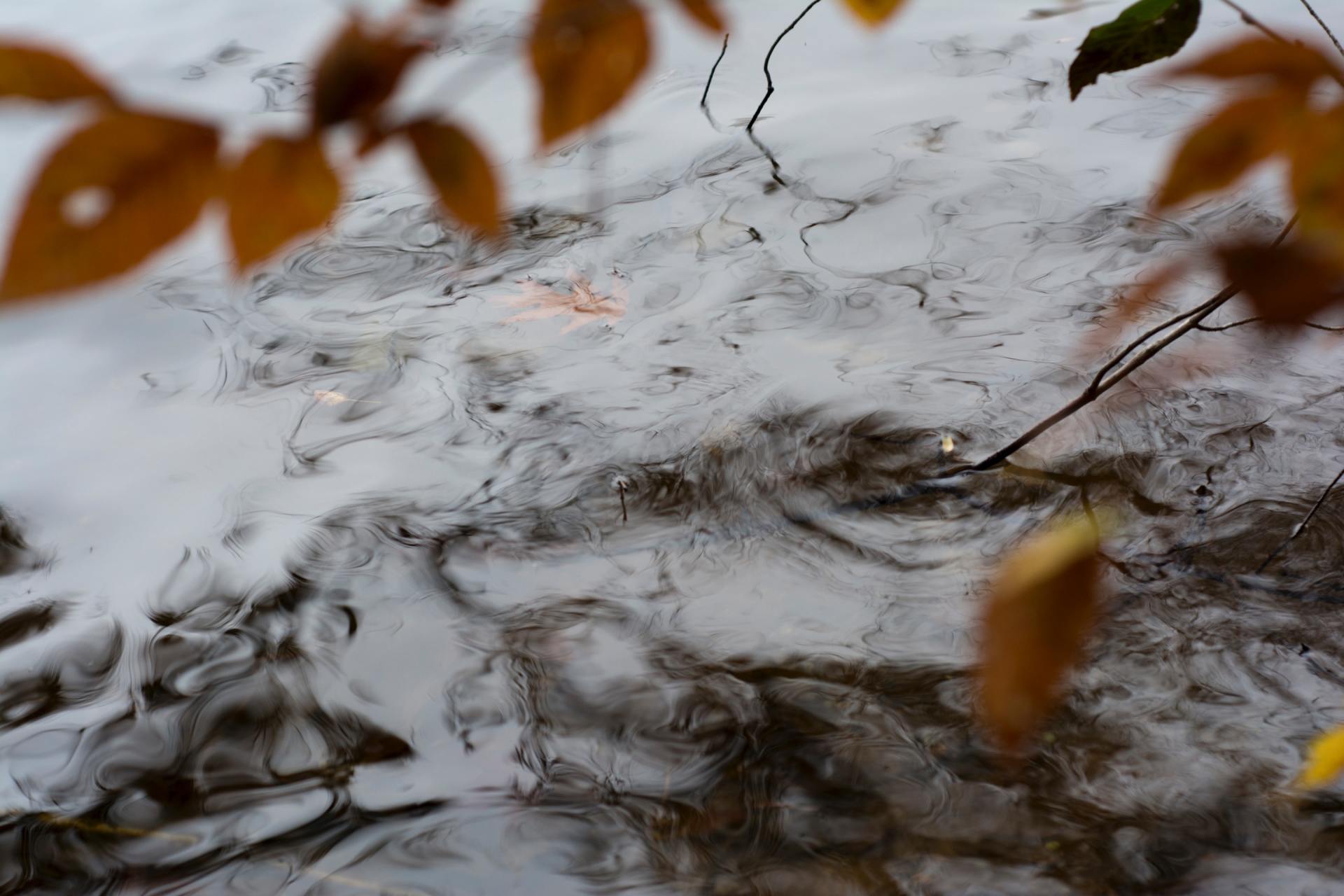
By David Deegan, EPA
•
06 Jun, 2018
Today, U.S. Environmental Protection Agency (EPA) announced a major step forward for New Hampshire's water quality with improved stormwater management requirements as well as an array of training and implementation tools to assist municipalities with implementation

By NH DES Drinking Water Protection Program
•
21 Jun, 2018
While some pollutants, such as bacteria, viruses and phosphorus, can be reduced by passing through soil under certain conditions, groundwater can be easily contaminated by chemicals and oils. Surface water is also affected by soil and pollutants picked up as water flows over land.

By David Deegan, EPA
•
06 Jun, 2018
Today, U.S. Environmental Protection Agency (EPA) announced a major step forward for New Hampshire's water quality with improved stormwater management requirements as well as an array of training and implementation tools to assist municipalities with implementation
Water Source Protection
ARTICLES
Check out our articles section to learn more about your water and conservation.
GO TO ARTICLES


